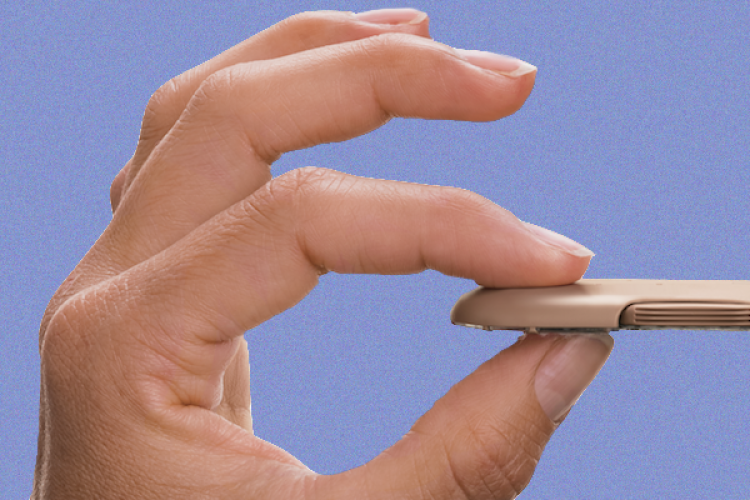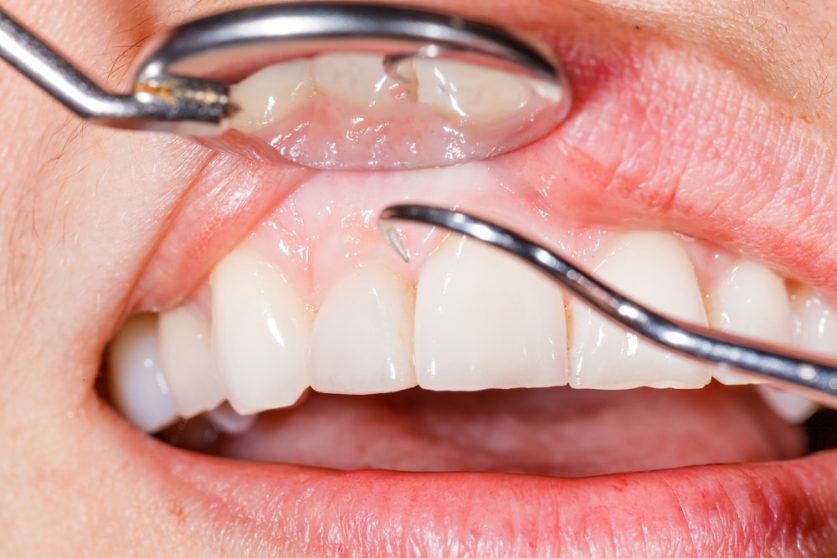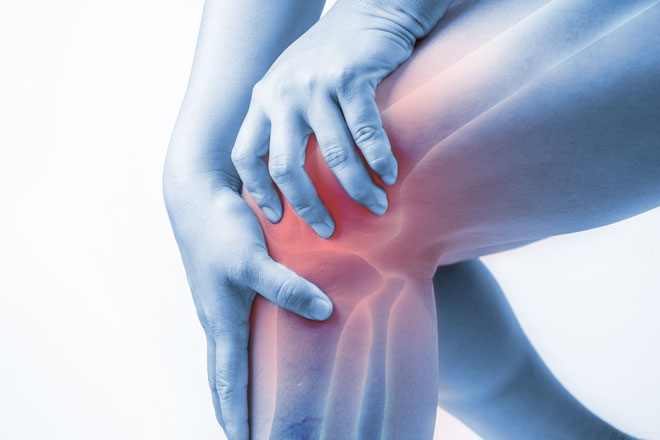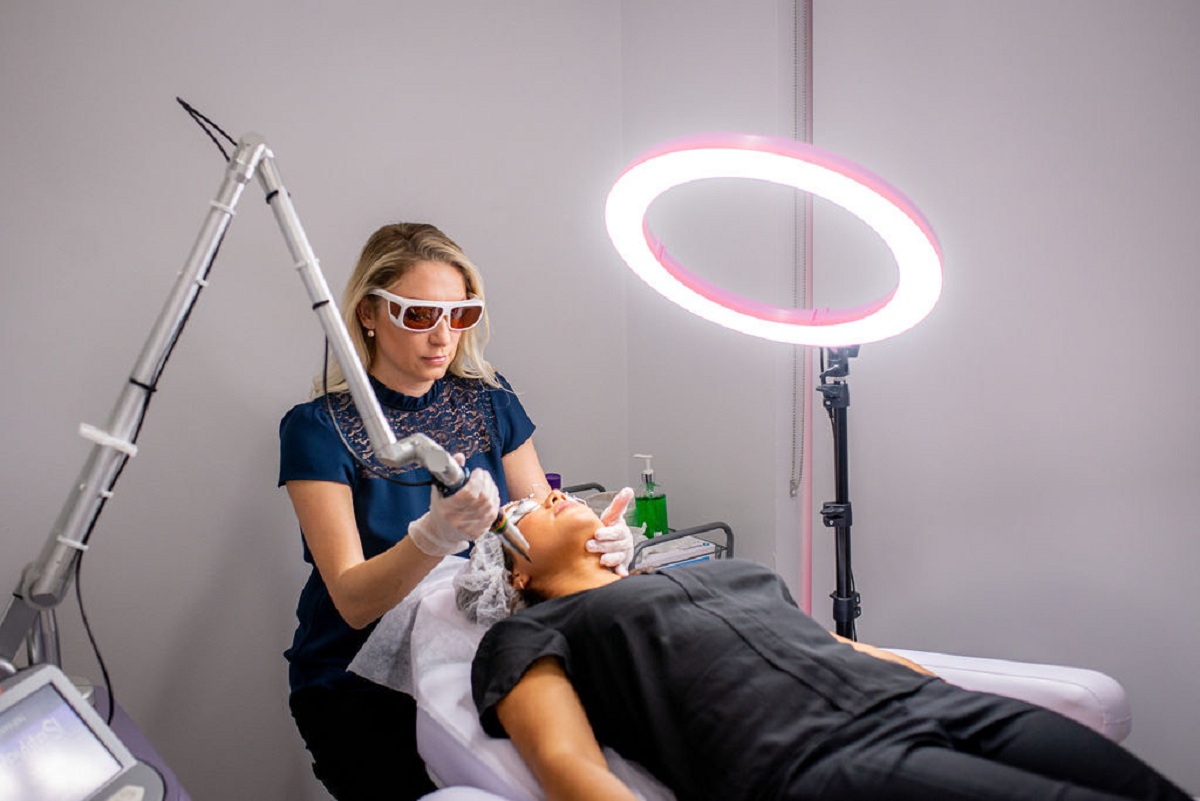Cequr Launches New ‘Wearable Pen’ Insulin Devices
Cequr, the leader in wearable diabetes technology, recently released their newest and most innovative insulin delivery device yet, the Insulin Pen 2.0TM. The pen is small enough to be wear on the user’s body at all times, and it also features a built-in blood glucose meter so that users can track their blood sugar throughout the day. The insulin pen also has an integrated injection system that doesn’t require any manual pumping or priming to inject insulin into the body, making it much easier and faster to administer than other types of insulin pumps currently on the market.
Why wearable insulin devices are important
Diabetes is a condition in which your body has too much glucose, or sugar, in its blood. The most common type of diabetes is call Type 2. It’s usually first diagnosed in people over 40 but can be found earlier. Nearly 90% of all cases are Type 2. A common treatment for diabetes is to use insulin to control blood sugar levels. There are two types of insulin: rapid-acting and long-acting, with rapid-acting insulins being more commonly use by patients who take multiple daily injections of insulin (MDI). Rapid-acting insulin works quickly and starts to lower your blood sugar within 15 minutes.
What makes cequr’s new devices different
The Q-Patch is easy to use and administer, just like a normal insulin patch. In fact, cequr’s devices are worn for up to three days at a time (their website claims that patients have report wearing it for up to seven days without any complications or discomfort). No need to insert a needle into your skin! You can wear it anywhere on your body, like on your upper arm. Once you’re ready to remove it, just peel off and toss in trash.
The benefits of using a wearable pen device
First, there’s convenience: using one of these pens will reduce your need to carry around separate insulin injections or bottles. They also give you much greater flexibility when it comes to dosing – with a wearable pen device, you have total control over how much insulin is deliver and when. And, since they’re so small and portable, people with diabetes often find that they’re more willing to take their medication in different situations (i.e., activities where traditional injection would be challenging). They can also make life easier for loved ones who are constantly having to remember to help out—remembering when it’s time for an injection can be tough for people with chronic illness—which means improved quality of life for both parties involved.
How to find out if you could benefit from using a wearable pen device
A wearable pen device (also called an insulin pump) is a diabetes treatment that uses a small computer to deliver insulin through a small tube to your body. This tube is worn on or under your skin and insulin is deliver 24 hours a day. It’s important to have an understanding of what level of control you currently have, and whether you could benefit from using a wearable pen device. Here are some questions to ask yourself: – Are you concerned about dealing with injections? – Do you feel like your diet needs improvement? – Do you worry about letting others know if you have an emergency? – How often do blood sugars go too high or too low? Understanding all these issues can help determine if using an insulin pump will provide better blood sugar control for YOU!
How to use your new pen device
Your Diabetes Nurse Educator is a registered nurse (RN) who specializes in diabetes education. This person is train to help you understand your disease and work with you to manage it. It’s important to meet with your nurse educator frequently, at least once every three months or so, and at other points during your journey with diabetes. You can use email, text message or phone call—whatever works best for you—to stay in touch. There are no tests involve: Instead of regular blood glucose tests and finger sticks, an insulin pump user wears a continuous glucose monitor that continuously monitors his or her blood sugar levels throughout each day and night.

















